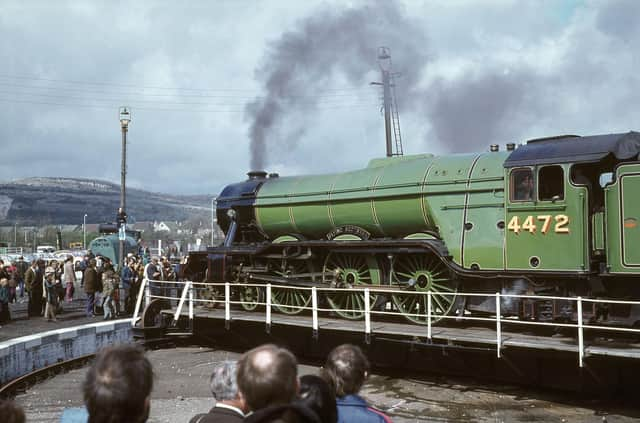Carnforth MPD remained relatively unchanged from its reconstruction in 1944, until it closed in 1968.
At its height Carnforth handled up to 100 trains a day of holidaymakers, commuters, freight and fuel bound for the seaside, cities, ports and industrial centres.
Targeted as part of a preservation scheme, when this failed it was developed as major visitor attraction Steamtown Carnforth.
Steamtown Carnforth became a mecca for steam enthusiasts, then facing a national ban on steam traction on the BR network.
With the assistance of the Lancaster Railway Circle, an increasing number of steam engines arrived at Steamtown from 1967 onwards.
However, although backed by then transport minister Barbara Castle, the need to build a number of motorway bridges and re-routing of the A590 road from Haverthwaite via Greenodd to Plumpton Junction, meant that the complete vision was unsuccessful.
Steamtown continued under the leadership of Dr Beet, who developed it as a major regional visitor attraction.
Even after the mainline steam ban was removed in the early 1970s, the site remained a hub for both enthusiasts and major servicing point for steam locomotives and associated rolling stock.
The commercial decision was taken not to reopen Carnforth as a museum or visitor attraction for the 1998 season.
Today, closed as a museum, it acts as the major national operational base of West Coast Railways.
West Coast Railways supplied the engine and carriages used in the filming of the "Harry Potter" films.
The Hogwarts Express as it is more commonly known, but christened 5972 Olton Hall is on show and available for all to see at Warner Bros Studio Tour in London.
In the movies Harry and his pals travelled in vintage MkI carriages on a 42 mile stretch of line between Fort William and Mallaig, known as the greatest railway journey in the world passing a list of impressive extremes including Britain´s highest mountain, shortest river, most westerly station and deepest sea Loch at Mallaig, also crossing the Glenfinnan Viaduct made famous by the Harry Potter films.
This journey lives on, with two trips a day, on the Jacobite, using some of the actual carriages used in the filming of these magnificent movies.
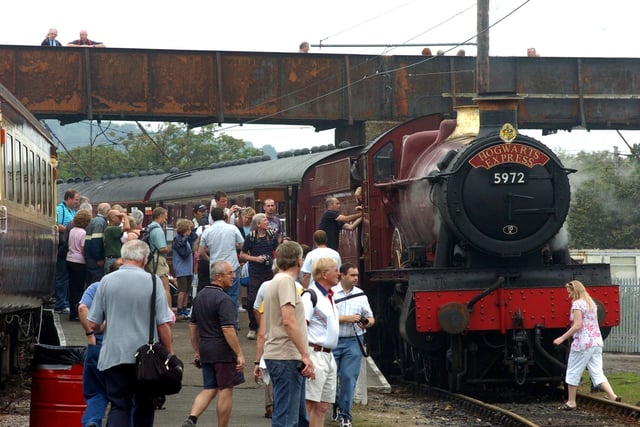
1. Carnforth Steam open day
The Hogwarts Express train proved a big hit with visitors to the steam depot open weekend at Carnforth in 2009. Photo: Steve Pendrill
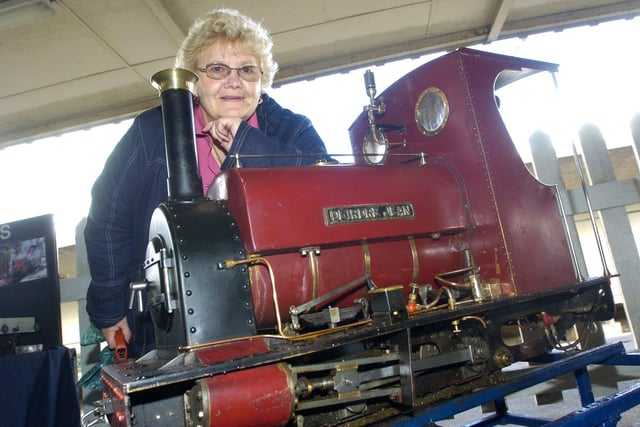
2. Age of Steam at Carnforth Train Station
Age of Steam at Carnforth Train Station. Deirdre Jean Wilson with the 'Deirdre Jean' model engine which was made by her husband Ken who is a member of the Lancaster and Morecambe Model Engineering Society (2009). Photo: Darren Andrews
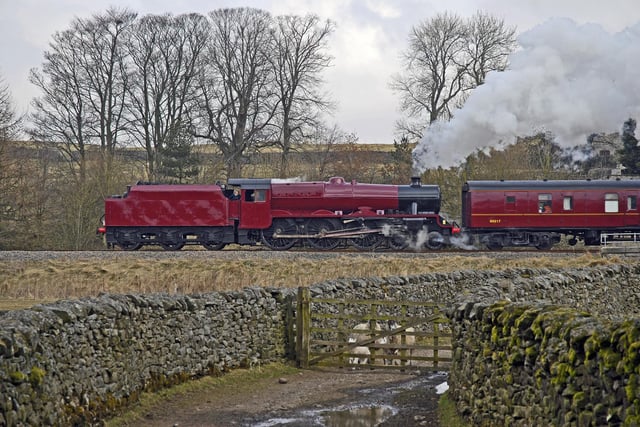
3. Jubilee' Class locomotive 'Galatea
'Jubilee' Class locomotive 'Galatea' which was built in 1932 and withdrawn from service in 1964, has been painstakingly restored by the West Coast Railway Co. at Carnforth (The former Steamtown Museum). Picture taken in 2013 courtesy of Peter Ainsworth. Photo: n/a
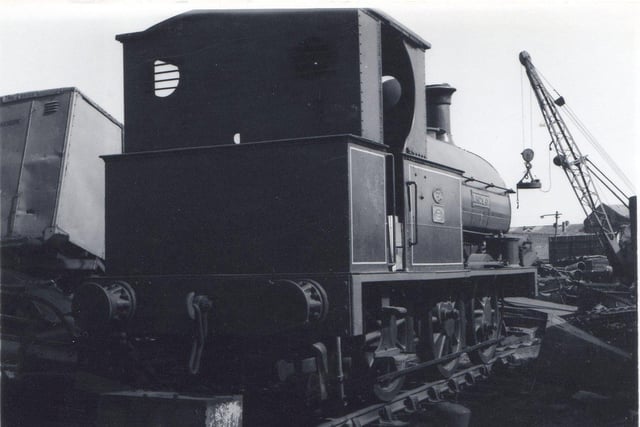
4. 0-6-0ST 'Lindsay' Maudland Metals
0-6-0ST 'Lindsay' Maudland Metals, Preston June 1970. Former Wigan Coal & Iron Co. locomotive bult in 1887. Was active at Steamtown Carnforth for several years. Photo: PDA
